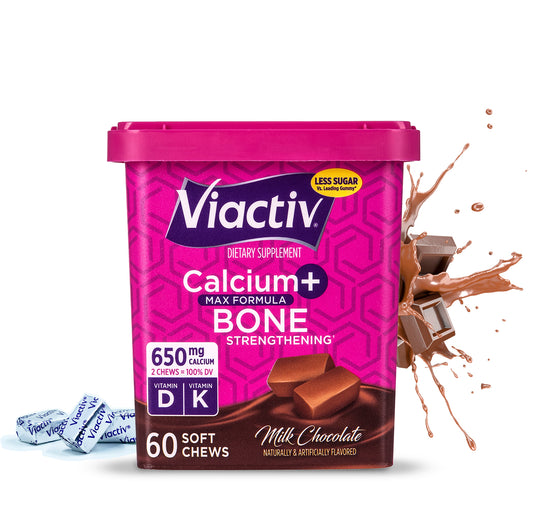Key Takeaways:
- An Omega-3 Index test is an actual test that anyone can easily order online to ensure that they aren’t omega-3 deficient.
- Most doctors don’t test for omega-3 levels unless you ask for it even though most people are below recommended levels.
- Plant source omega-3s, called Alpha-Linolenic Acid (ALA) like flax and chia seeds have little to no impact on improving the Omega-3 Index.
- The target for an Omega-3 Index test is 8%. Supplementation for 90-days may help you hit the target. What’s your number?
How do you know if you’re getting enough Omega-3s? The Omega-3 Index is an actual test you can take to assess your omega-3 levels. Unlike a cholesterol test, you don’t need a doctor to obtain an Omega-3 Index test. You can simply buy the Omega-3 Index test online, follow the instructions to conduct the test by pricking your finger, and send the test back to OmegaQuant Analytics where they will analyze and report your results. However, most consumers aren’t familiar with the Omega 3 Index blood test, and for those who are, there is still a lot of confusion.
What Does the Omega-3 Index Test Measure?

So, what does the Omega 3 Index test measure, how to calculate omega 3 index, and why is it important? The Omega 3 Index test is simply a measure of the amount of omega-3s Eicosapentaenoic Acid (EPA) and Docosahexaenoic Acid (DHA) in your blood, specifically your red blood cell membranes. Omega-3 fatty acids are essential nutrients, meaning that we can’t make them, but they are necessary for our body to function correctly. There are many different kinds of omega-3 fats, but the main ones are alpha-linolenic acid (ALA), EPA and DHA.
ALA is found in plants like walnuts and chia seeds while EPA and DHA are only in seafood and fish. The body can convert ALA to EPA and DHA but this is a very inefficient process. The most effective way to increase EPA and DHA levels in the blood is to eat them. When you take an Omega-3 Index test, it gives you a percentage of EPA and DHA of all the measured fatty acids in the red blood cell membrane. For example, if you have 64 fatty acids in a cell membrane and 3 are a combination of EPA and DHA, then you would have an Omega-3 Index of 4.6%. The Omega-3 Index is not only a nutritional biomarker of intake, but it also relates to health outcomes. An Omega-3 Index of 8% is ideal to maintain cardiovascular health as well as brain health, and an Omega-3 Index of less than 4% is in the undesirable range. The average Omega-3 Index in the U.S, is about 5%, while the average in Japan is around traditionally around 8%.
Will Any Omega-3 Raise My Omega 3 Index Test Results?

Another frequently asked question is will any omega-3 raise the Omega-3 Index? The answer is no. ALA is the most abundant omega-3 in nature and while plants are a valuable part of a healthy diet, ALA tends to have little to no impact on the Omega-3 Index. However, EPA and DHA, from marine sources like fish and shellfish as well as fortified foods and supplements, will raise the Omega-3 Index. Everyone responds differently to intake so testing after 3-6 months of a dietary change can let you know if you are taking enough for you.
How Do I Change My Omega-3 Index Test Number?

The amount of EPA and DHA needed to raise the Omega-3 Index into the desirable range is different for everybody. Many factors can influence the body’s response to EPA and DHA such as age, sex, weight, diet, genetics, smoking habits, medications, and other medical conditions, which is why we recommend testing before selecting a supplement. Generally, someone with a 5% Omega-3 Index would need a minimum of 1000 mg of EPA and DHA daily to raise levels above 8%. Retesting the Omega 3 Index test after 90-days ensures that you are absorbing the omega-3s well, but it may take up to 6 months to reach the saturation point in the red blood cell membrane. Once 8% is achieved, it must be maintained with the same amount of intake.
No matter how healthy you think you are, you should always know your number. Don’t guess what you can test!
Sources
OmegaQuant.com
4 Fish Oil Facts to Help Ease Joint Pain | UPMC
Alpha-Linolenic Acid Supplementation and Conversion to n-3 Long-Chain Polyunsaturated Fatty Acids in Humans | National Institutes of Health (NIH)
First Published On: March 31, 2022





